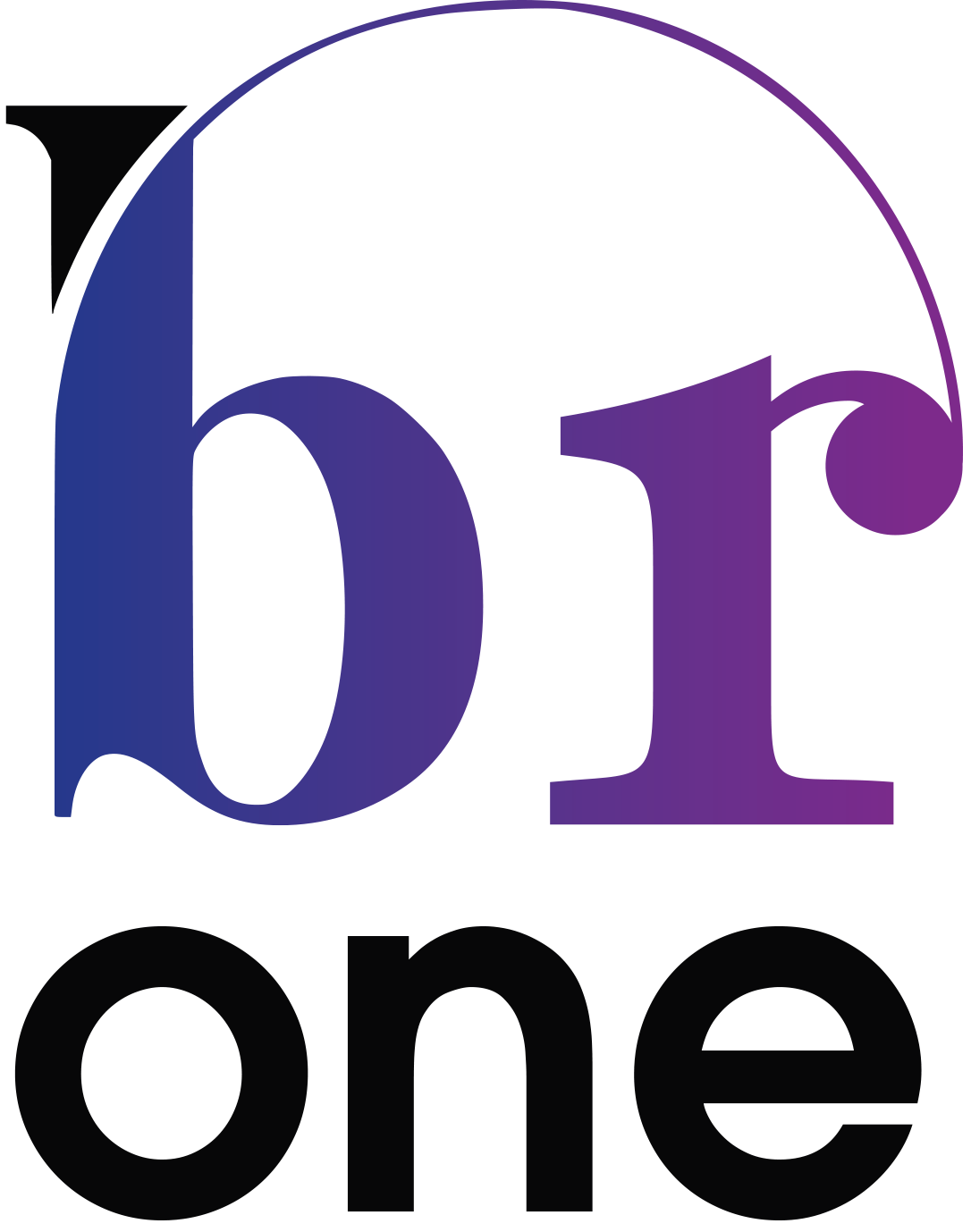How BR One helped a UK high-street retailer make the best use of its new technology
This case study shows how we assisted a UK retailer to more effectively roll out and use its new technology, as it was experiencing multiple issues – primarily with user adoption of the technology.
The problems the client was facing
The high-street retailer had recently implemented Microsoft Dynamics 365 Finance & Supply Chain Management across its 200 stores, back-office functions, and in the warehouse.
However, its employees were not embracing the new system and processes and they were frustrated because they had not been trained properly in how to use the technology. This led to operational problems and a knock-on detrimental effect to customers.
Lack of effective training
Employees had not received sufficient training and as a result there was confusion with how the system and processes were supposed to work.
There was a need to bridge the gap between the old ways and the new ways
The employees did not completely understand the new ways of working and needed better tools to help them to bridge the gap between the new and old ways of working in order to be more effective in their roles.
How we helped
Our primary focus was to help the client improve user adoption of the new technology. We assessed the knowledge gaps that existed and provided insight into how to address them. We provided tailored tools and skills training and then followed up with assessments to make sure that the training had worked.
We worked closely with the client in many different areas during the project including finance, sales, demand planning and forecasting, purchasing, product information management, warehouse management, and eCommerce integration.
There were a number of phases that we needed to follow for the successful completion of the project including:
- Identifying who the key stakeholders were and understanding their individual roles.
- Grouping stakeholders based on the areas of the business they were responsible for.
- Analysing training needs to highlight the gaps in knowledge.
- Producing a bespoke training curriculum based on the specific stakeholder groups’ needs.
- Producing comprehensive training materials such as videos, guides, and instructor-led slides, which were designed to engage users and provide them with the knowledge they needed to use the systems and processes more effectively.
- Using a training the trainer approach – training the various subject matter experts and the change team on how best to deliver the training.
- Conducting feedback sessions to make sure that the training was successful and that it had covered any gaps in knowledge.
Conclusion
Our UK retailer client had been experiencing issues with the roll-out and use of its new technology, with employees lacking the correct training and knowledge on how to use the new system and processes as they were intended to be used.
Our brief was to understand where the current difficulties lay and to find solutions to bridge the gap between the old ways of working and the new ways. The users needed to have effective training and follow-up assessments to make sure they were still on track.
As a result of our work with the client, there was a reduction in employee frustration and as they understood the capabilities of the system better there were less IT tickets generated as a result.
Operational efficiency increased and stock taking was now more accurate.
Finally, employees were more confident in what they were doing so they were able to offer a better level of customer service.
